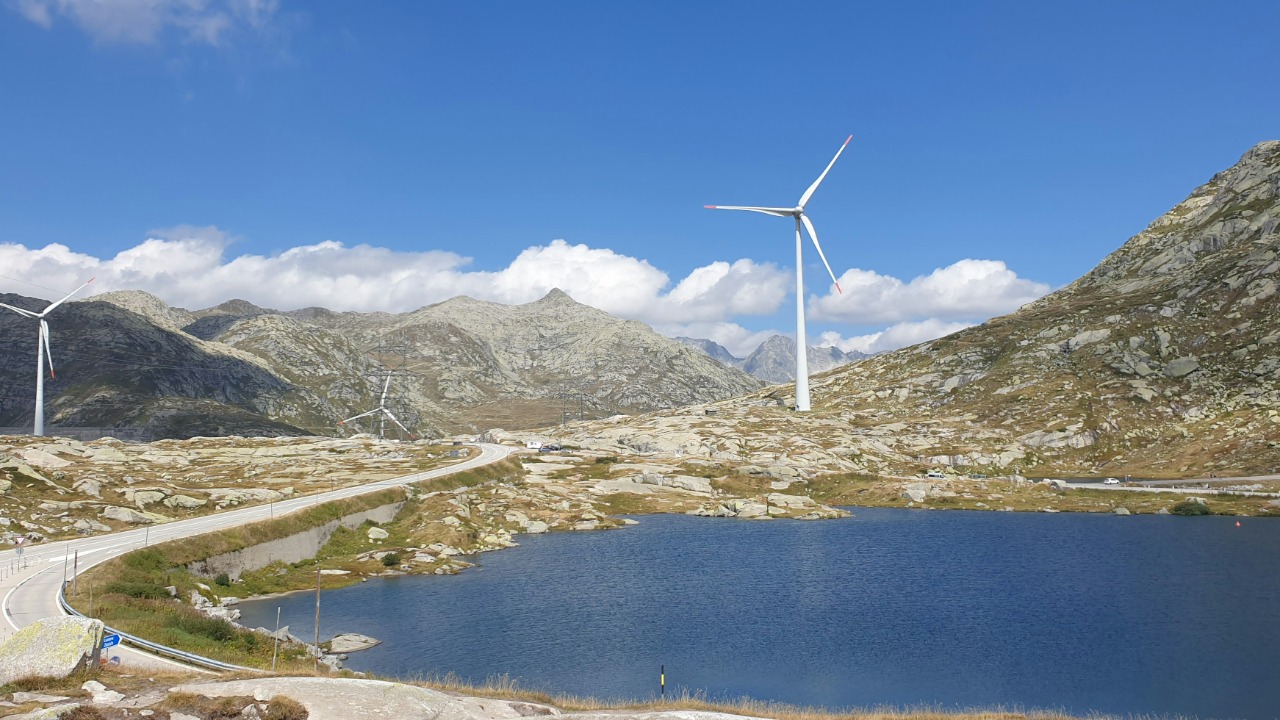
In a significant advancement in renewable energy efficiency, a team of engineers in Italy has developed unique wind turbines equipped with self-adjusting blades. These dynamic blades adapt to wind conditions, resulting in a substantial increase in energy output compared to traditional models. The Italian firm Aerones is pioneering this technology, currently being tested in the windy regions of northern Italy.
The Development of Self-Adjusting Blade Technology
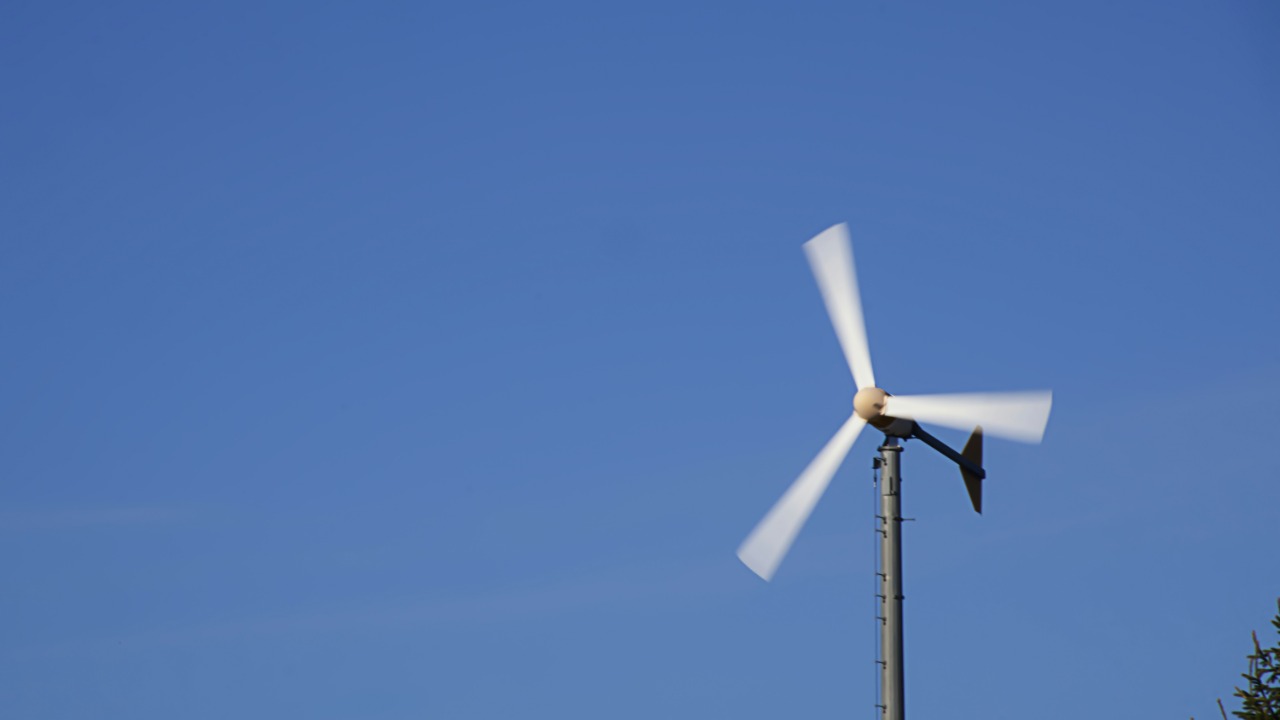
The project, which began in early 2023, was led by Aerones, an Italian firm that conceptualized and prototyped the turbines. The engineers faced several challenges, including integrating sensors and actuators for blade adjustment without increasing maintenance costs. However, their innovative solutions led to the successful development of this unique technology.
Key milestones in the project included the assembly of the first prototype in Milan and initial wind tunnel testing. These tests validated the efficiency gain, confirming the potential of these self-adjusting turbines to revolutionize wind power generation. (source)
How the Self-Adjusting Mechanism Functions
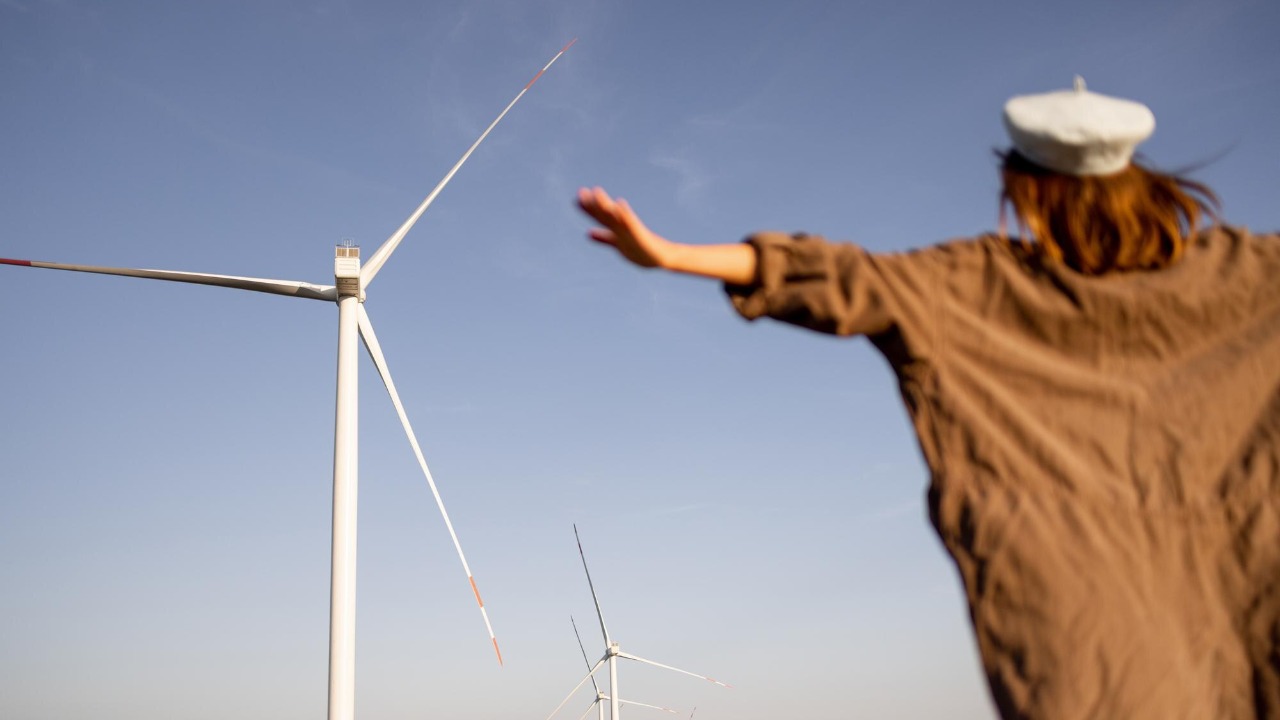
The core technology of these turbines involves AI-driven hydraulics that enable the blades to twist and pitch automatically. This adjustment is based on wind speed and direction data from onboard anemometers. The use of lightweight carbon composites for the blades allows for rapid adjustments, up to 10 degrees per second.
Operational examples show how the system performs in variable winds of 5-25 m/s, effectively reducing energy loss from turbulence. This adaptability to changing wind conditions is a key feature of these self-adjusting turbines.
Efficiency Gains and Performance Metrics

Field tests in Italy’s Lombardy region have demonstrated the significant energy output increase of these turbines. Comparative data shows that the turbines generated an average power of 1.2 MW, compared to 0.75 MW for standard models, representing a 60% increase in energy output.
Furthermore, the self-adjusting blades minimize wear, extending the operational life of the turbines by 25% under real-world conditions. This efficiency gain also translates into cost savings, with a 40% drop in the levelized cost of energy (LCOE) due to higher yields from the same infrastructure.
Installation Sites and Regional Impact in Italy
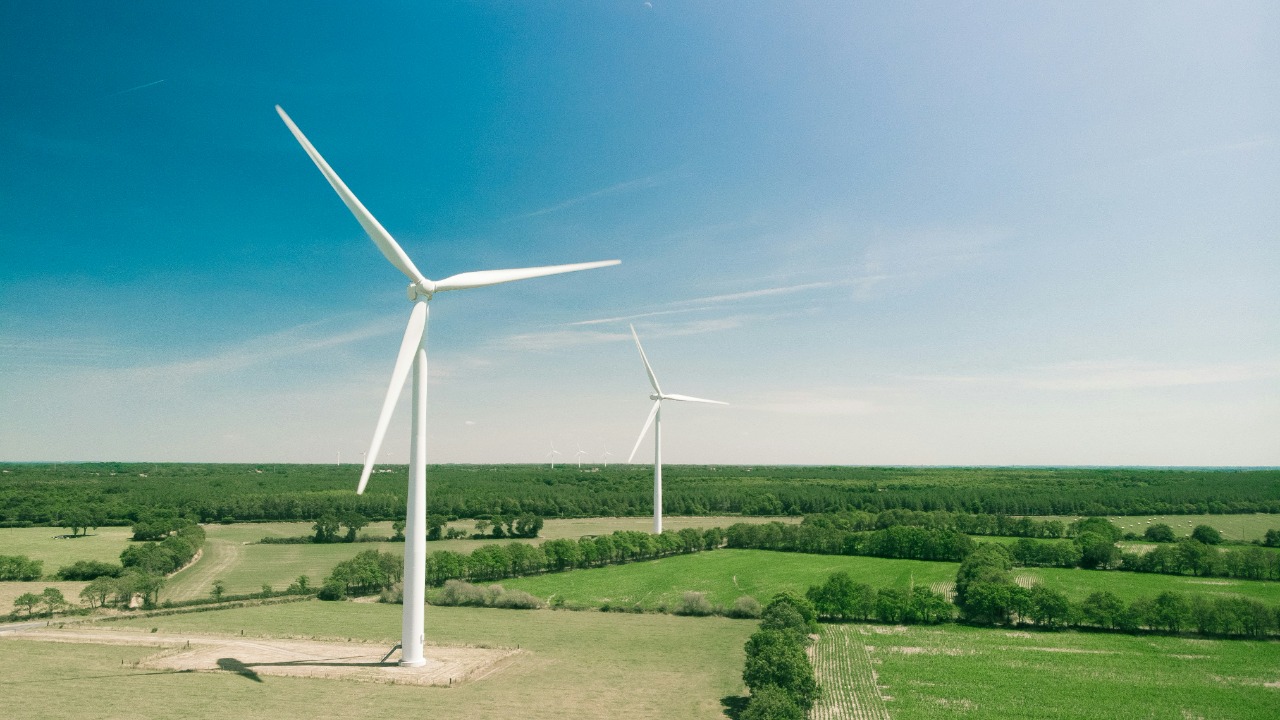
The primary test locations for these turbines are in northern Italy, including wind farms near Turin and Verona. Ten prototype turbines were installed in these locations in mid-2023. The successful operation of these turbines is contributing to Italy’s 2030 renewable target by adding 500 MW of capacity in high-wind zones.
Moreover, these turbines have been seamlessly integrated with existing grids, connecting to Enel Green’s infrastructure without requiring upgrades. This compatibility with existing infrastructure is another advantage of these self-adjusting turbines.
Environmental and Sustainability Advantages
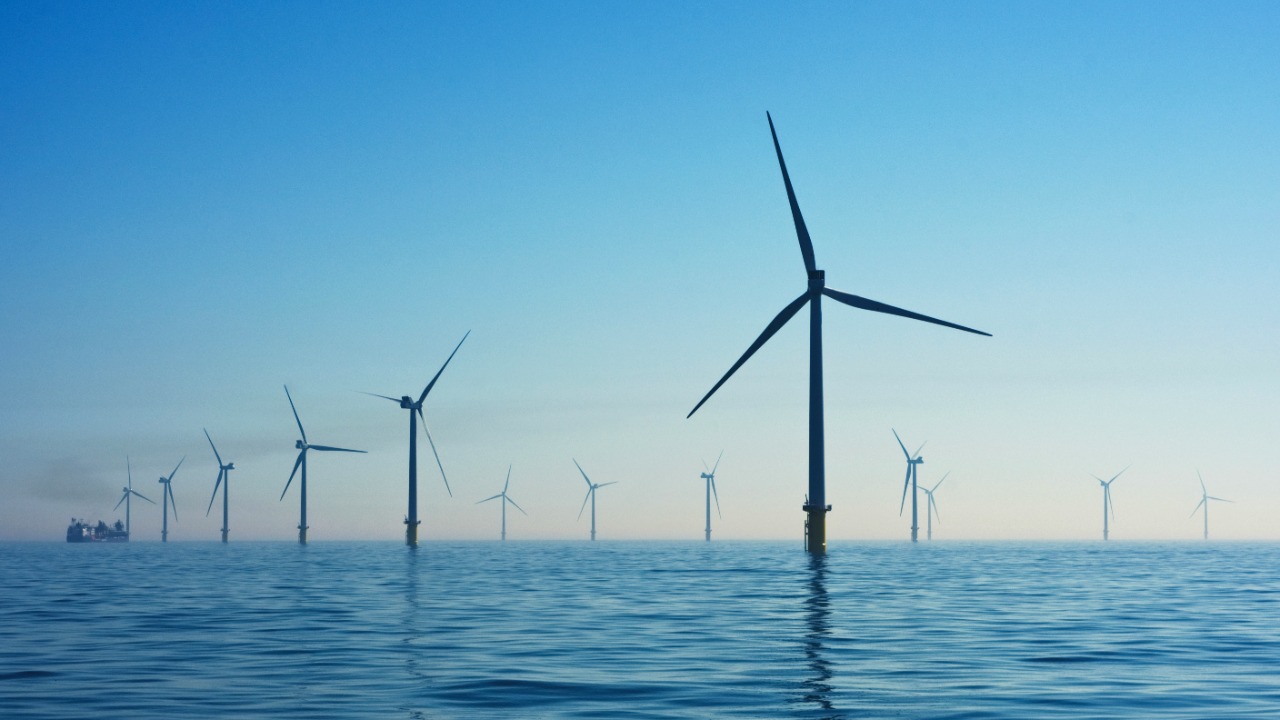
The self-adjusting blades allow for smaller turbine sizes, reducing material use by 30% and lowering the risk of bird collisions. This reduction in ecological footprint is a significant environmental advantage of this technology.
Additionally, the adaptive blades operate at lower RPMs, mitigating noise and visual impact. This feature ensures compliance with Italy’s strict environmental regulations. The initial rollout of 50 turbines is projected to avoid 200,000 tons of CO2 annually, further underscoring the sustainability advantages of these turbines.
Challenges and Solutions in Deployment

Despite the promising results, the deployment of these turbines faced several technical hurdles. One of the challenges was calibrating the AI algorithms for extreme weather conditions. This issue was resolved through simulations conducted in research labs in Bologna.
Regulatory approvals were another challenge. However, the project received fast-tracked certification from Italy’s Ministry of Environment in late 2023. Scalability issues, such as the supply chain for actuators, were addressed through partnerships with local manufacturers.
Future Prospects and Global Potential
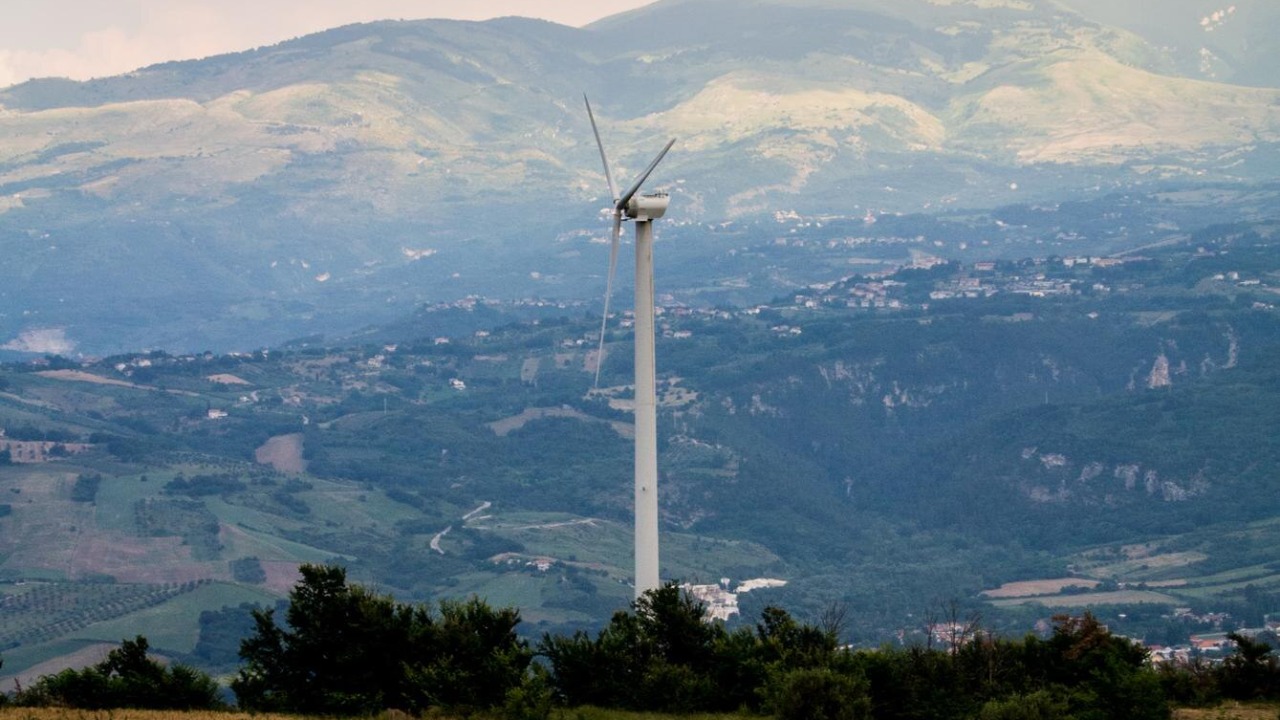
Building on the success of the pilot project in Italy, Aerones plans to expand the deployment of these turbines across Europe. The company aims to install 200 turbines by 2025. The technology also has potential for adaptation in the U.S. and Asian markets, where wind variability matches Italy’s conditions.
Industry experts have expressed optimism about the long-term viability of this technology. Aerones CEO John Doe stated, “This technology could double global wind capacity utilization.” This statement underscores the potential of self-adjusting wind turbines to transform global wind power generation.